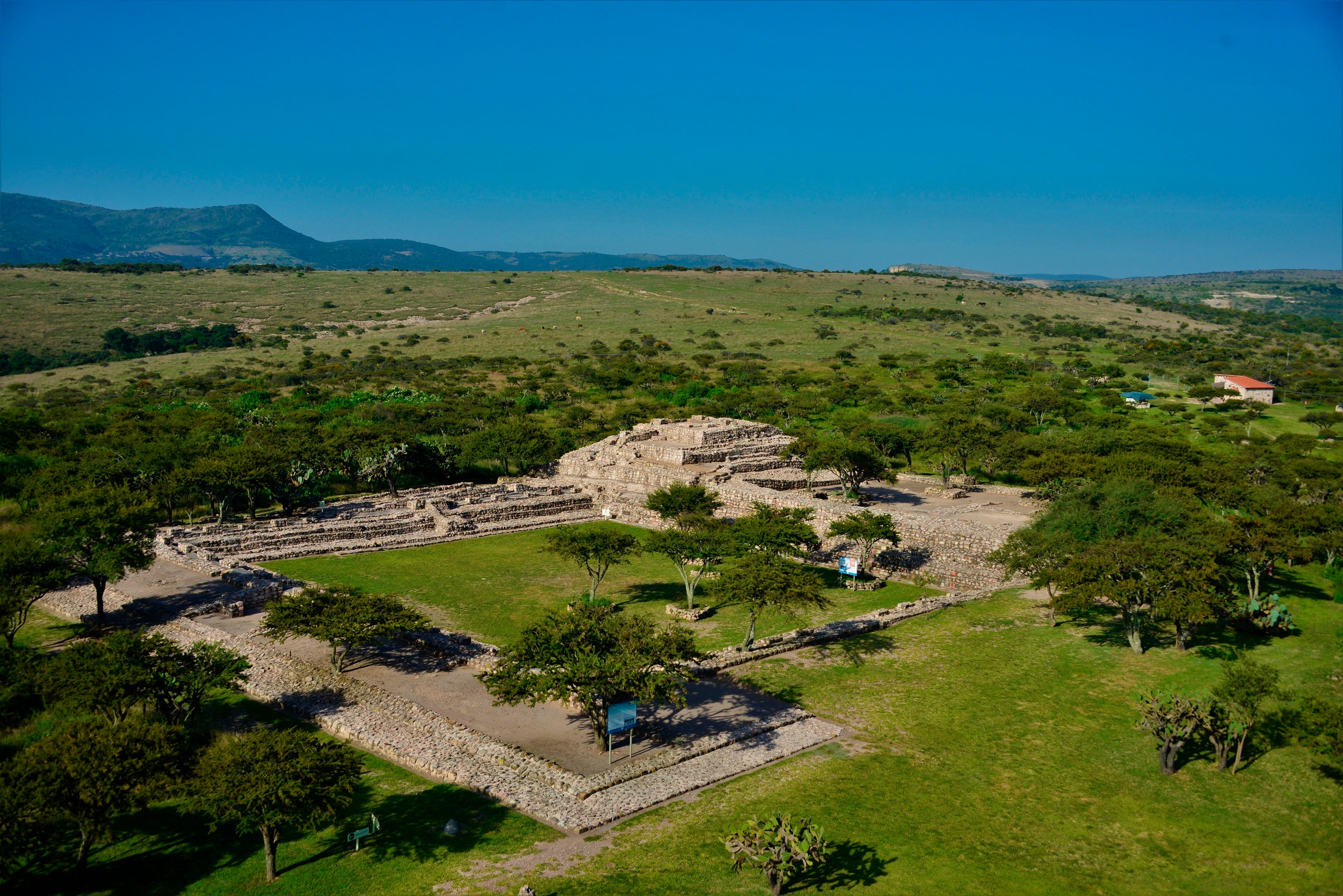Mexico ups protection at pre-Hispanic ceremonial site
Mexico has declared a pre-Hispanic site in the central state of Guanajuato as an archaeological monument zone protecting it from the possibility of encroaching development and expressing a commitment to continue excavating the ancient ruins

Mexico has declared a pre-Hispanic site in the central state of Guanajuato as an archaeological monument zone protecting it from the possibility of encroaching development and expressing a commitment to continue excavating the ancient ruins.
The National Institute of Anthropology and History said in a statement that the nearly 1,800-acre site known as the Cañada de la Virgen, near the colonial town of San Miguel de Allende, about 185 miles (300 kilometers) northwest of Mexico City, was built by the Otomi people and reached its height between the years 600 and 900 A.D.
The site’s temples were built in alignment with celestial bodies, according to the institute. Archaeologists believe only priests lived at the site and that others arrived on pilgrimages.
The site was constructed where the sun and moon rose and set and visually the central basin of the Laja river, indicating its ritual importance, according to the institute. It includes a paved area nearly a kilometer long, a sunken patio used for rituals and gatherings, an engineered water system that collected rain in ponds and a complex system of burials, for humans and animals.
A number of additional parts of the site still have not been investigated.
In the excavation that has been carried out, archaeologists found items from the Pacific and Atlantic coasts, indicating it was on trade routes.
It was believed to be part of a larger social network that included some 90 pre-Hispanic sites.